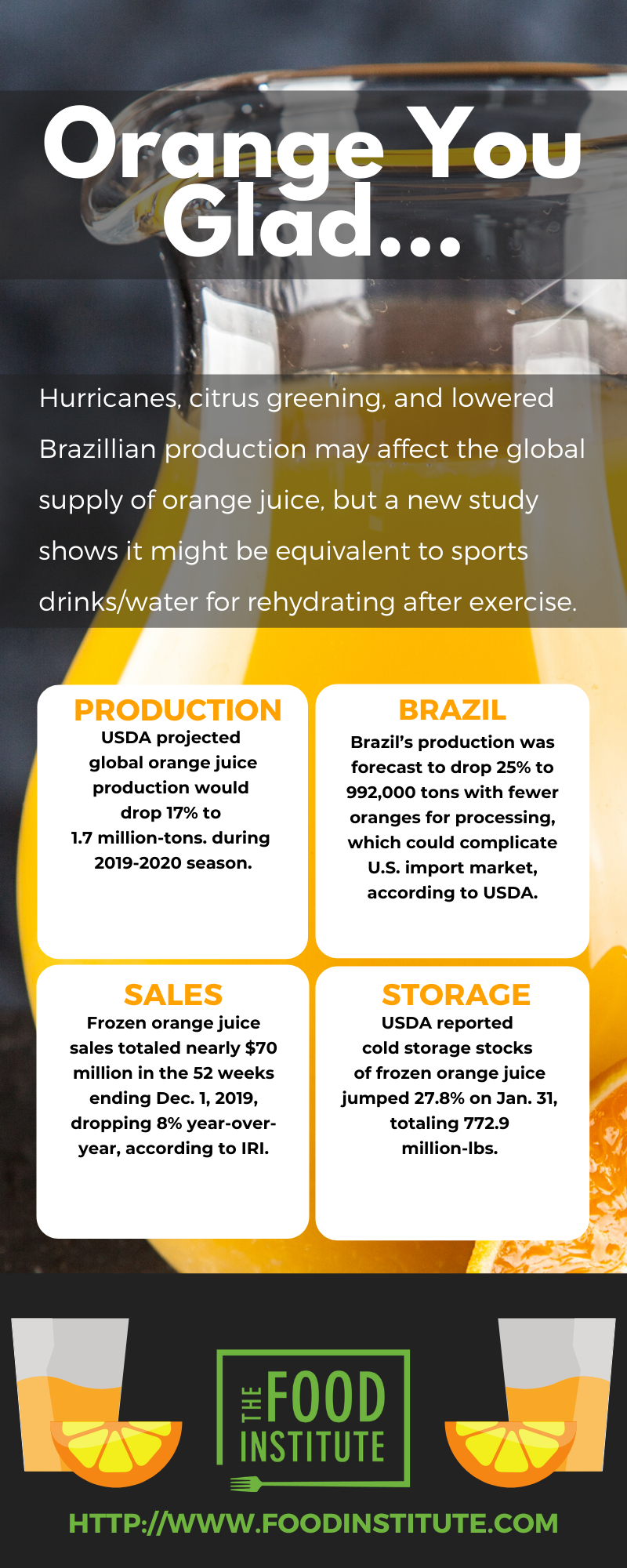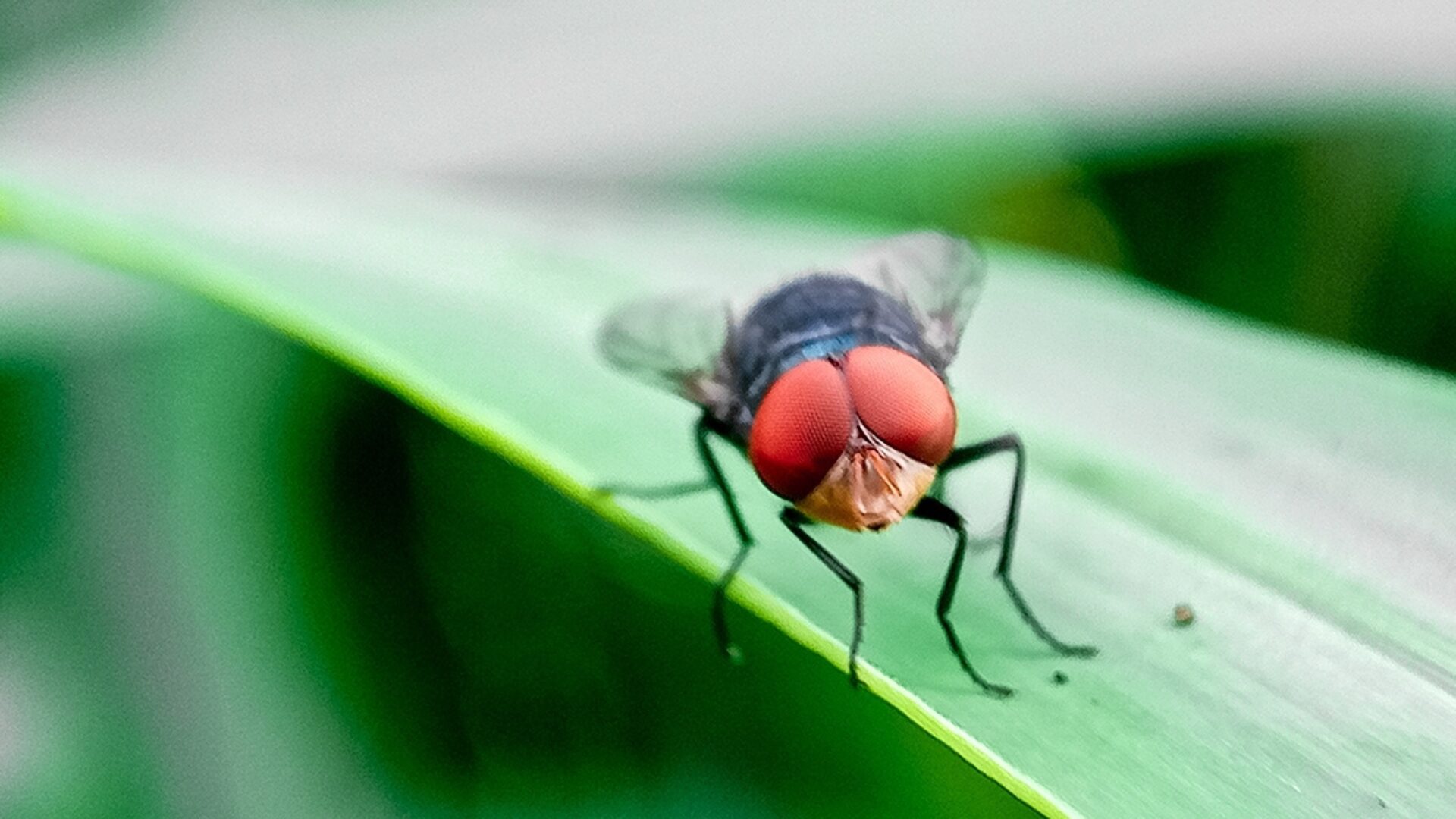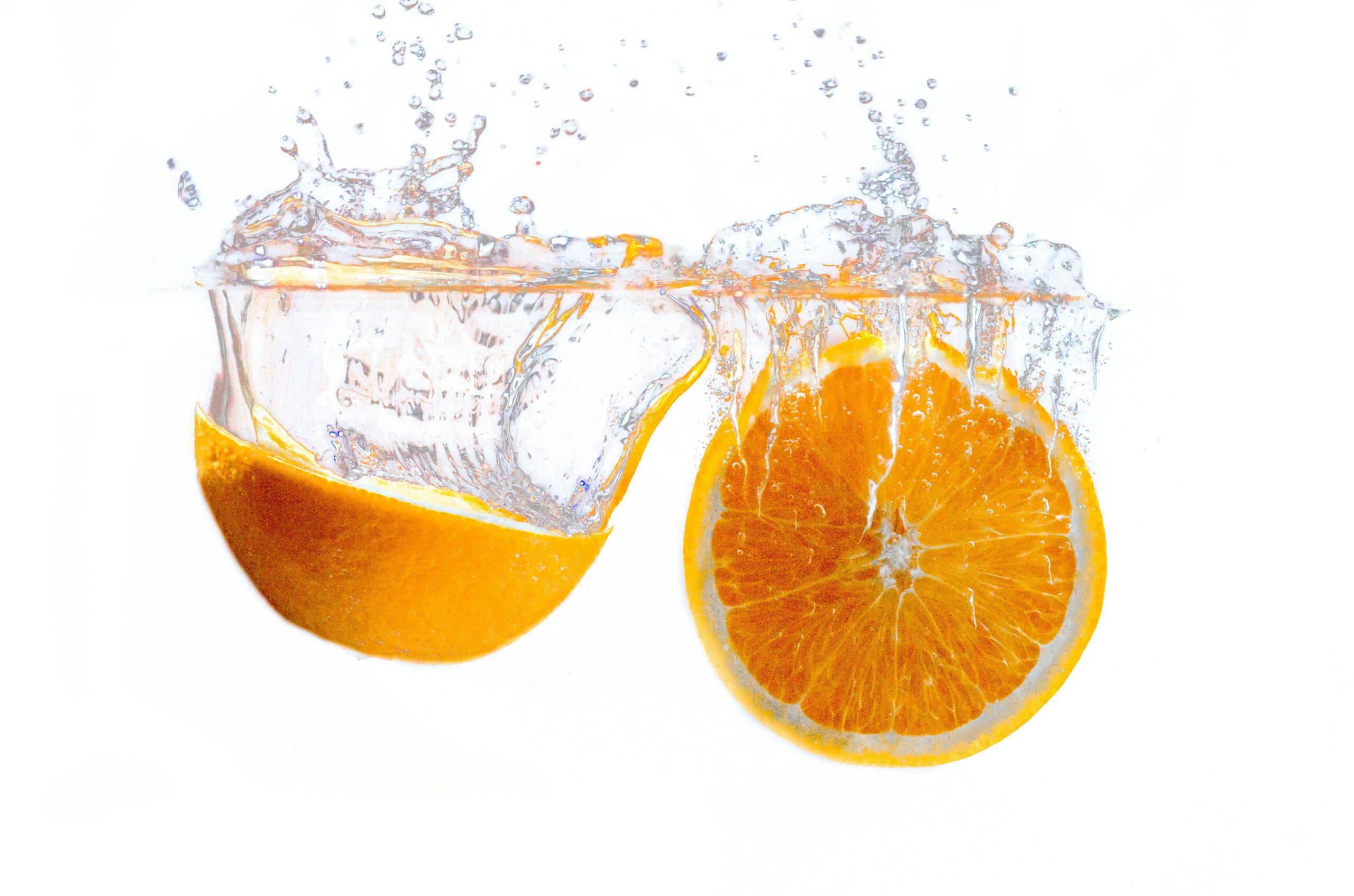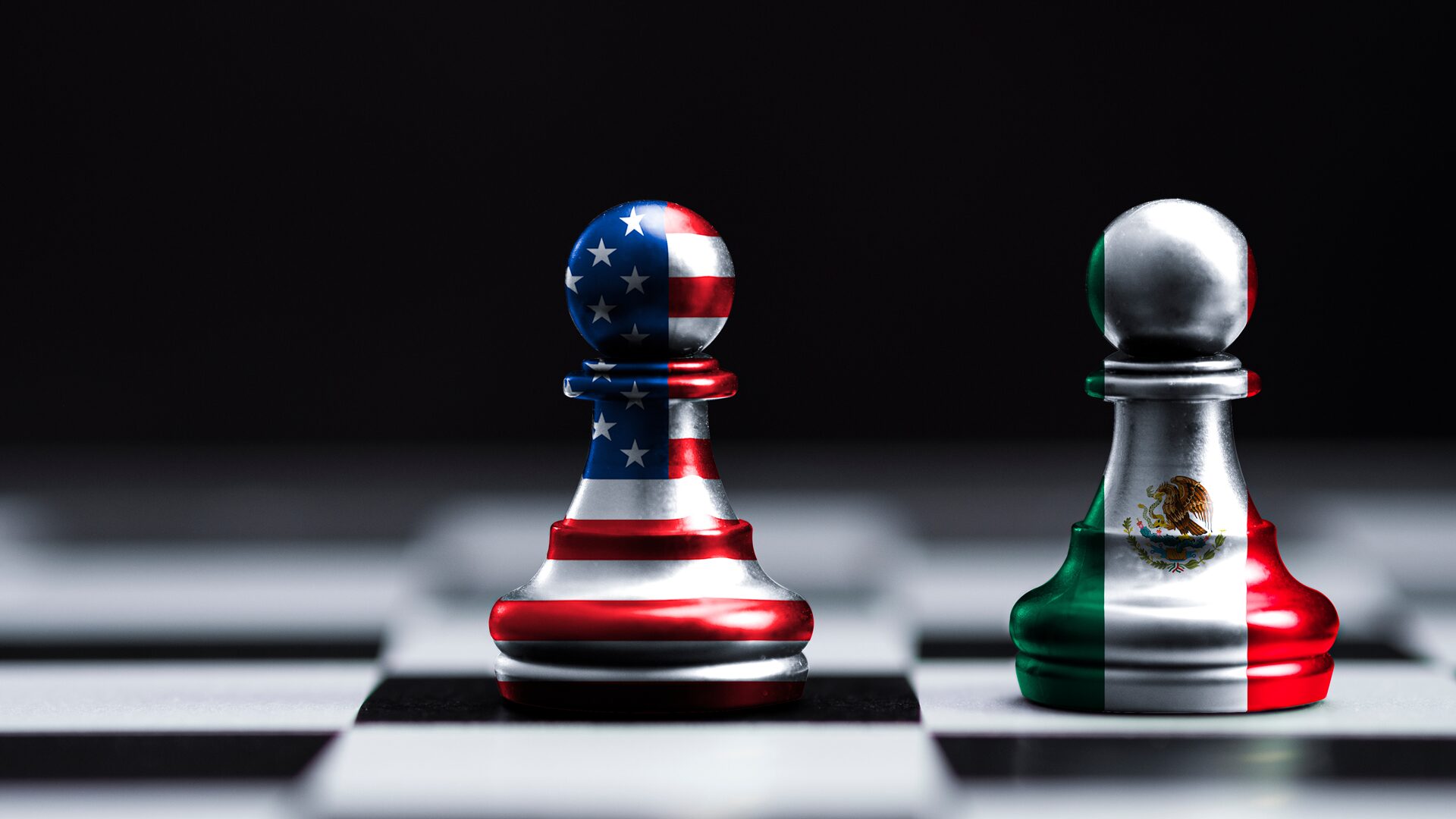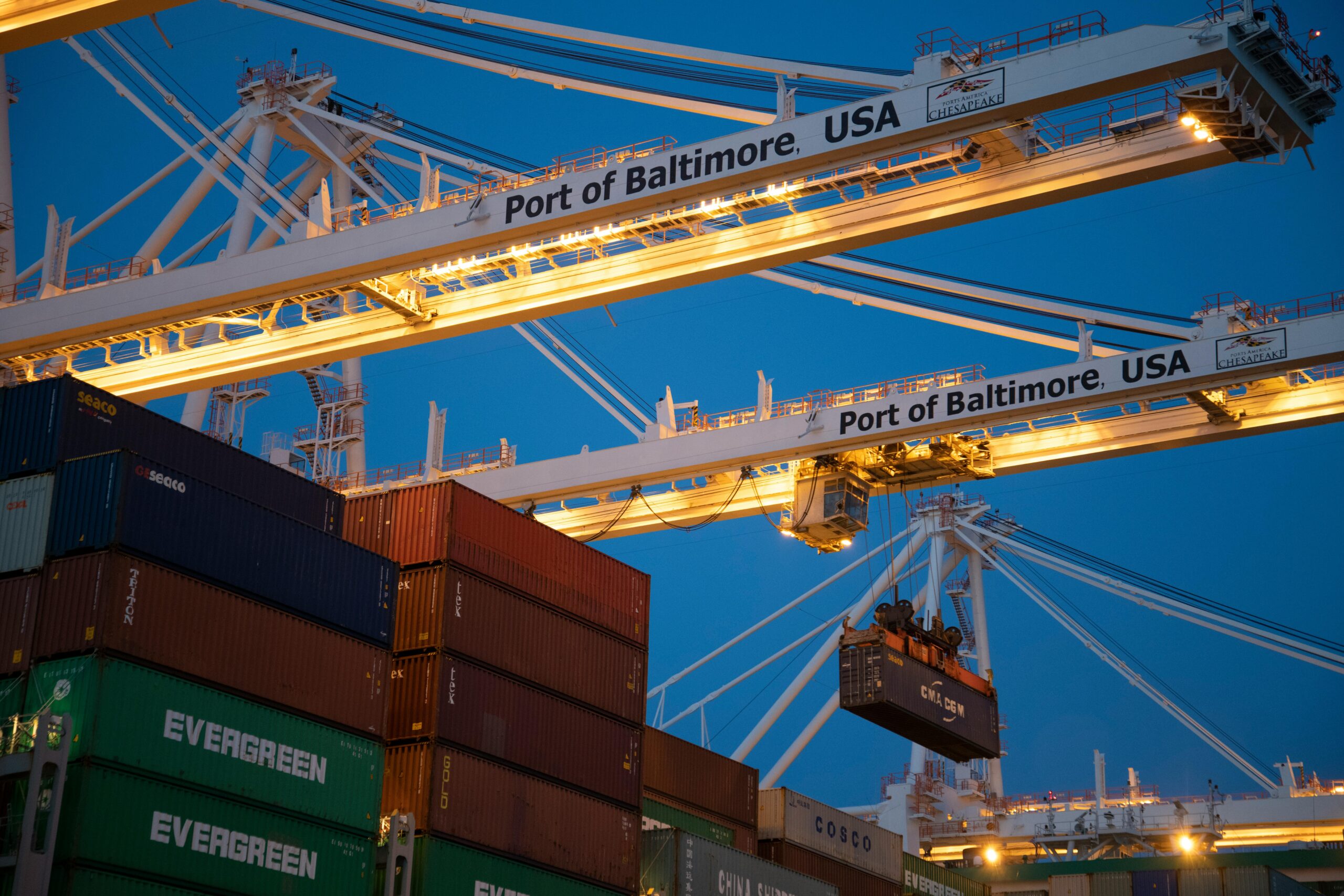Freezing weather or hurricanes in central Florida may result in shortages and higher prices for orange juice and orange juice concentrate throughout the industry.
That’s according to Coca-Cola Co.’s report to SEC for the quarter ending Dec. 31, 2019. The company noted it primarily sourced its orange juice and orange juice concentrate from Florida and the Southern Hemisphere, with significant inventory sourced from Brazil. Citrus greening disease also reduced the number of trees and increased grower costs and price, which could compound issues stemming from weather events in the future.
Coca-Cola’s reliance upon Brazilian orange juice imports is a trend that is larger than just one company. Brazil was the leading exporter to the U.S. for both the over 3.785-liter and under .946-liter frozen concentrated orange juice (FCOJ) categories in the first month of 2020, according to Bureau of Census data.
U.S. importers brought in 2.5 million-gallons of FCOJ packaged in containers larger than 3.785 liters in the Jan. 1-Jan. 31 period, representing a 49% decrease when compared to Jan. 2019. The total worth shrank 45% to $28.5 million. Imports of Brazilian FCOJ totaled 1.6 million-gallons despite a 54% slump in imports during the period. Value remained relatively stable, dropping just 9% to $12.5 million.
For the FCOJ packaged in containers under .946-liters category, the U.S. brought in about 66,000-gallons of product during the period, representing a 4% decrease compared to Jan. 2019. Total value dropped 10% to about $1.1. million. Brazilian FCOJ imports dropped 11% to 53,000 gallons with a corresponding 14% drop in value to $977,000. Imports of Mexican FCOJ increased 47%, totaling 13,000 gallons valued at $102,000.
In the 2019-2020 season, USDA projected global orange juice production would drop 17% to 1.7 million-tons (65 degrees brix) as Brazil’s production tumbled. Consumption during the period was projected to be flat, with the global trade forecast lower. The agency predicted smaller imports for the U.S. and a sizable drop in Brazil’s exports.
Brazil’s production was forecast to drop 25% to 992,000 tons with fewer oranges for processing, which could complicate the U.S. import market. Consumption and stocks were both forecast slightly higher while exports are forecast 27% lower with the drop in production. Even with lower supplies, Brazil would remain the world’s largest producer and was expected to account for over three-fourths of global orange juice exports.
Mexico’s production was projected up slightly to 196,000 tons on a rise in oranges available for processing. Consumption remained stable while exports climbed, drawing down stocks. Production in the EU was projected down 16% to 81,000 tons on lower orange supply. Consumption was expected to remain steady as imports somewhat offset the decline in production. Brazil is the top orange juice supplier to the EU, which could affect the bloc’s market.
Although U.S. production was forecast at 330,000 tons, in line with the 2018-2019 season, increased carry-in stocks were expected to boost total supply 5%. Despite higher available supply, consumption was still expected to be flat in the U.S. and ending stocks were consequently forecast to rise.
According to USDA, cold storage stocks of frozen orange juice jumped 27.8% on Jan. 31, totaling 772.9 million-lbs. On the same date in 2019, cold storage stocks of the product totaled 604.7 million-lbs. Stocks increased about 0.9% compared to Dec. 31, 2019, when the total was about 766.1 million-lbs.
Stocks were significantly higher in January when compared to the same date through 2016, when stocks were at 623.1 million-lbs. In 2017 and 2018, stocks were reportedly sitting at 503.4 million-lbs. and 517.1 million-lbs., respectively.
Coca-Cola’s Minute Maid orange juice products were among the top five sellers in the bottled, refrigerated, and frozen orange juice sectors during the 52-week period ending Dec. 1, 2019, according to data from IRI.
Minute Maid accounted for 28.4% of the dollar share of the bottle orange juice market, reaching $23 million in sales. PepsiCo’s rival Tropicana bottled orange juice was the category leader with $29.2 million worth of sales during the period, harnessing a 36.1%-dollar share. Private label ($17.5 million), Langers ($3.6 million), and Dole ($1.3 million) rounded out the top five.
Frozen orange juice sales totaled nearly $70 million in the 52 weeks ending Dec. 1, 2019, dropping 8% year-over-year, according to IRI. Private label frozen orange juice was the most popular product, garnering $40.7 million of the total sales, representing a 58.2%-dollar share. Minute Maid Premium was the second highest seller with 32% of the dollar share, totaling $22.4 million in total sales. The top two categories accounted for the lion’s share of total sales, with Old Orchard ($5.2 million), Tropicana ($1.3 million), and Langers ($282,000) rounding out the top five.
Tropicana’s Pure Premium orange juice topped the refrigerated orange juice category for the period, according to IRI, which found it had dollar sales increasing 0.48% year-over-year and reaching $798 million the 52-week period ending Dec. 1, 2019. Simply Orange was the second highest seller for the category despite a 2.09% decrease year-over-year to $648 million. Private label accounted for 20.1% of total dollar share, followed by Florida’s Natural (9.8%) and Minute Maid Premium (6.9%).
Meanwhile, Coca-Cola’s Minute Maid business may find increased interest in its orange juice products following a study conducted by researchers at the University of Kansas and published in the Journal of Nutrition and Health Sciences regarding rehydration.
Funded by the Florida Department of Citrus, the study found no differences between 100% orange juice, sports drinks, or water with respect to taste preference, thirst level, hydration, or gastrointestinal distress following exercise. An 8-oz. serving revealed to be a strong source of carbohydrates and potassium, which is an electrolyte.
“The study showed that people consuming 100% orange juice were hydrated as well as the participants consuming a sports drink or water,” said Dawn Emerson, PhD, assistant professor at the University of Kansas and lead of the study. “There were no symptoms of serious GI distress with the orange juice despite the carbohydrate content and acidity of the beverage. The results indicate that people can drink orange juice to aid in their rehydration and recovery after exercise.”


